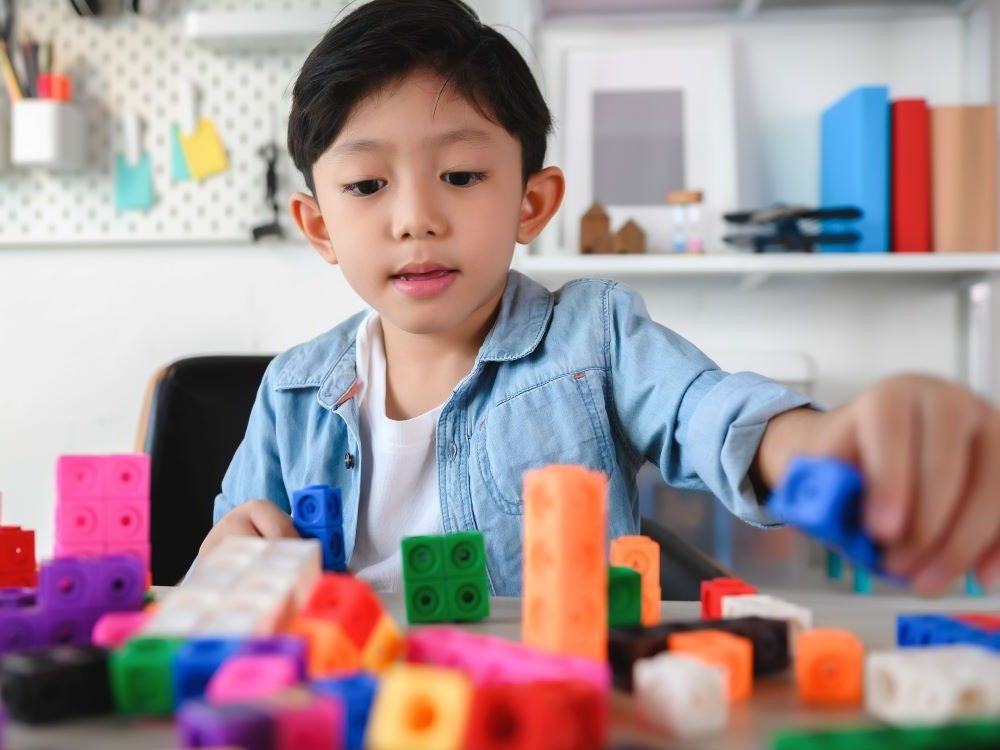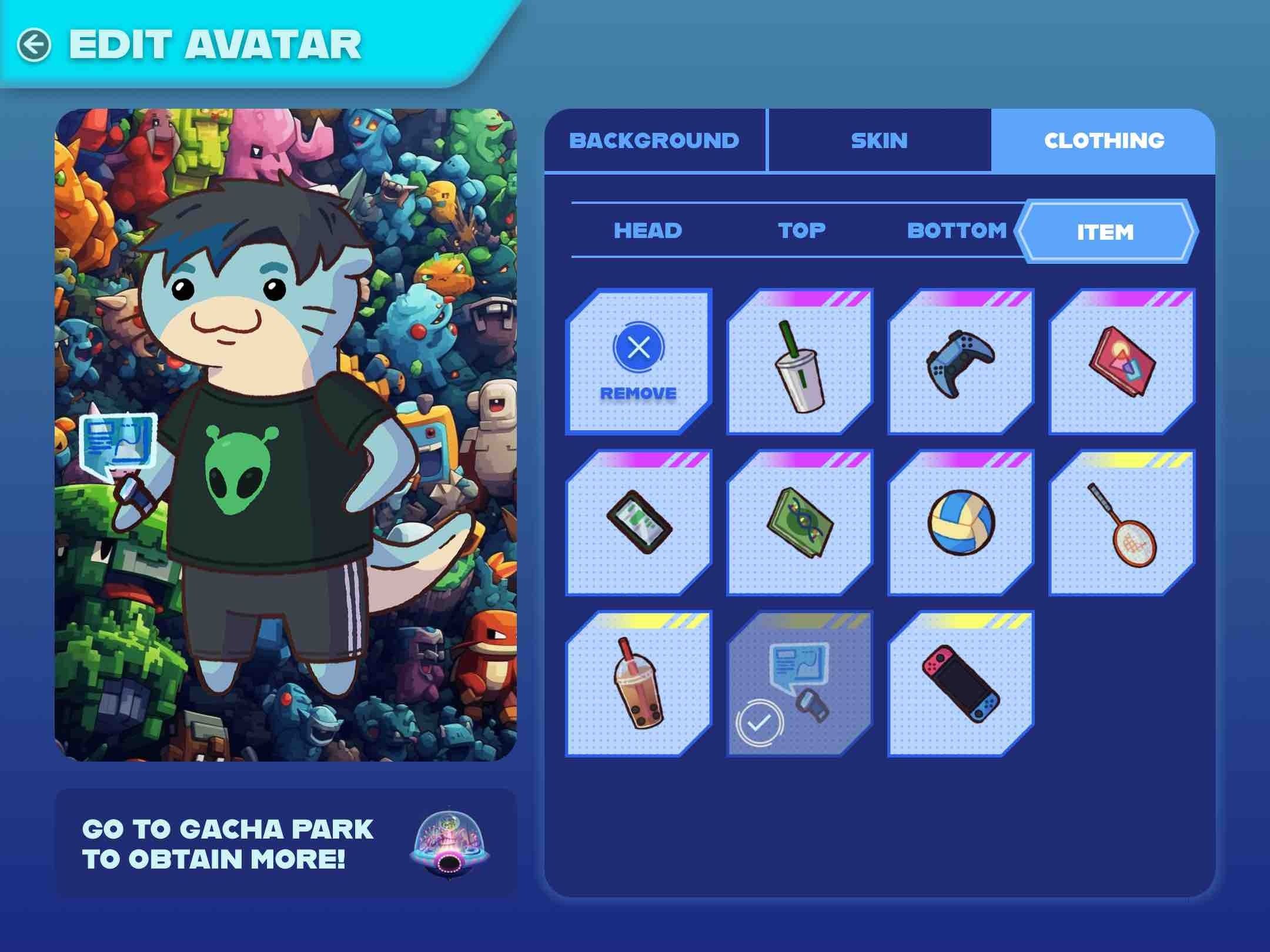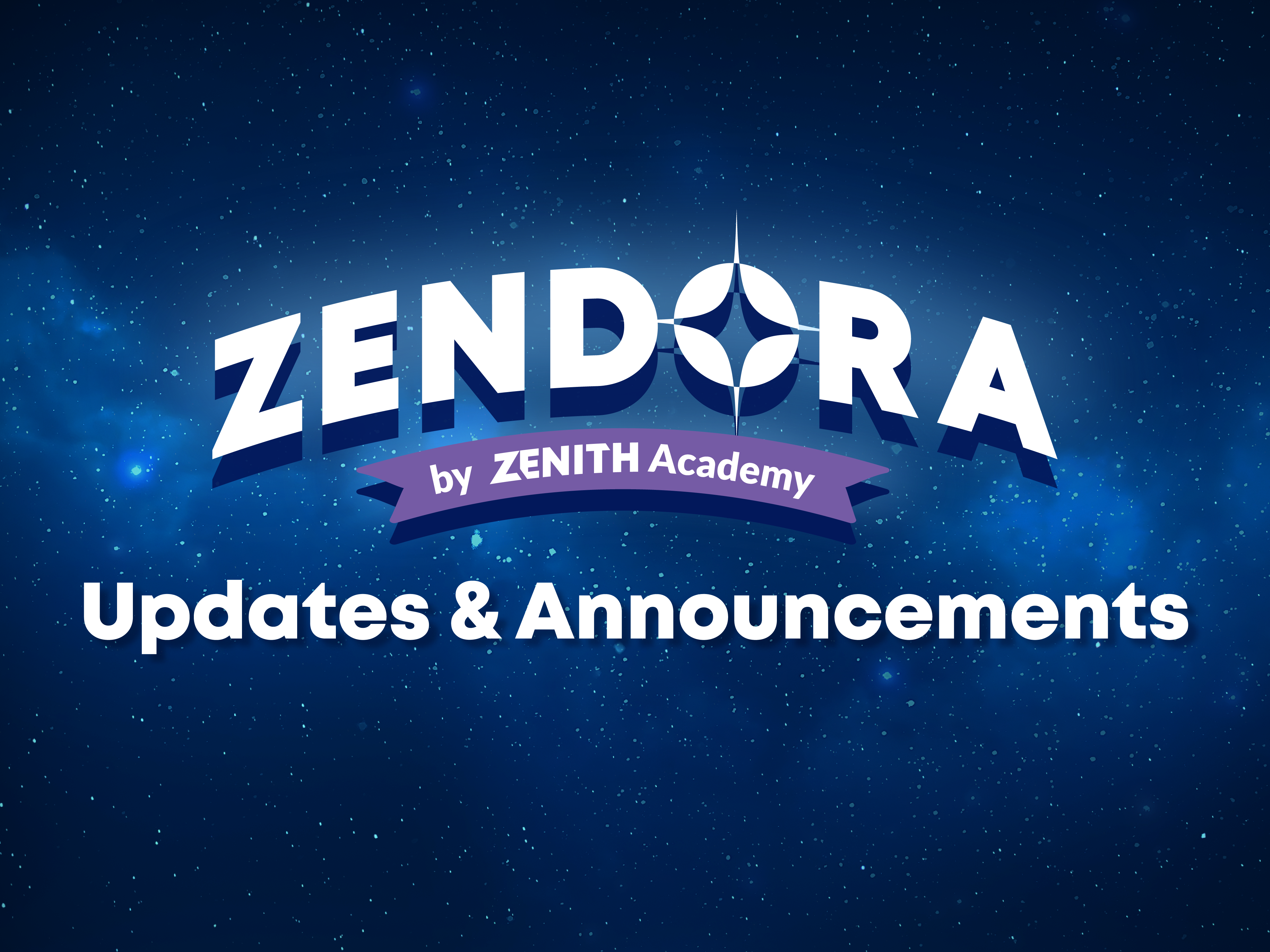Making Math fun is key to helping your child love learning. Here are seven creative ideas to transform Math into an exciting adventure, especially for lower primary students.
1. Cooking with Numbers
Use recipes to teach fractions and measurements. Baking a cake? Let your child measure the ingredients. It's practical and tasty Math!
Familiarise your child with fractional concepts such as a whole, a half, a third and a quarter by simply using those terms and pointing to real-life examples. Children benefit from visually seeing fractions being represented in a relevant context.
As familiarity increases, have them compare the sizes of fractions. “Which is larger? A half or a quarter?” “How many halves make a whole? How many thirds make a whole?”
It may seem simple, but this will go a long way in setting up your child’s understanding of fractions.
2. Math Story Time
Bring relevance to your child by presenting to them simple Math stories that test the four operations of addition, subtraction, multiplication and division. Stories make Math relatable.
An example of a story goes like this: “Mum has 10 sweets. I’m going to share these sweets with you and your sister. How many sweets should I give each of you?” Substantiate these examples by literally having 10 sweets for your child to play around and represent the problem. Having your child touch, feel and keep the sweets go a long way in bringing Math alive for them.
3. Canteen Stall Role Play
Set up a pretend canteen stall (hint: your local drink stalls are great examples!). Create example scenarios, such as your child ordering from a drink’s stall, or getting chicken rice for recess. Use play money to simulate the transactions. This teaches addition and subtraction in a real-world context.
4. Outdoor Math
Take Math outside. Count steps, leaves, or cars. Nature and the neighbourhood become a giant, interactive Math workbook.
In the car while travelling, add up the digits in car number plates. Level it up by asking if the sum of those numbers are even or odd, and if they can be divided by 2 or 3. Long drives will never be the same!
5. Online Math Challenges
As kids may have very limited attention spans, it can be a struggle to get them to do tests and assignments. Gamified learning apps like Zendora offer interactive and engaging ways to practise, often making it feel more like “play time” than tuition.
The foundation of a gamified learning app lies in its gameplay loop. An effective gameplay loop is one that incentivises the user to do well in a task that is normally considered to be a chore. For example, Zendora offers Z-coins for the completion of chapters and doing well in topic-based quizzes.
When done well, the user earns rewards that can be used to upgrade their character (in Zendora’s case, their Otternaut!). With their upgraded character, the student will be further motivated to complete more tasks, to gain additional upgrades, and the cycle continues.
6. Math in Music
Clap or tap rhythms to teach patterns and counting. Music and Math are wonderfully intertwined, especially with rhythm counting.
Music contains intricate numerical patterns, where counts are repeated. “1, 2, 3, 1, 2, 3”. Have your child identify and predict the patterns and create their own patterns with numbers, shapes and even words.
As an added bonus, you might even discover that your child has an interest in music!
7. Artistic Geometry
Draw shapes and patterns. Use art to explore geometry. It’s a visual and hands-on approach to understanding shapes and spaces.
For example, draw a triangle and ask your child how many sides it has. Point at road signs and ask what shape they are in.
Conclusion
These activities not only reinforce Math skills but also make learning enjoyable. Remember, the goal is to build a positive attitude towards Math and setting a strong foundation for their future learning.









